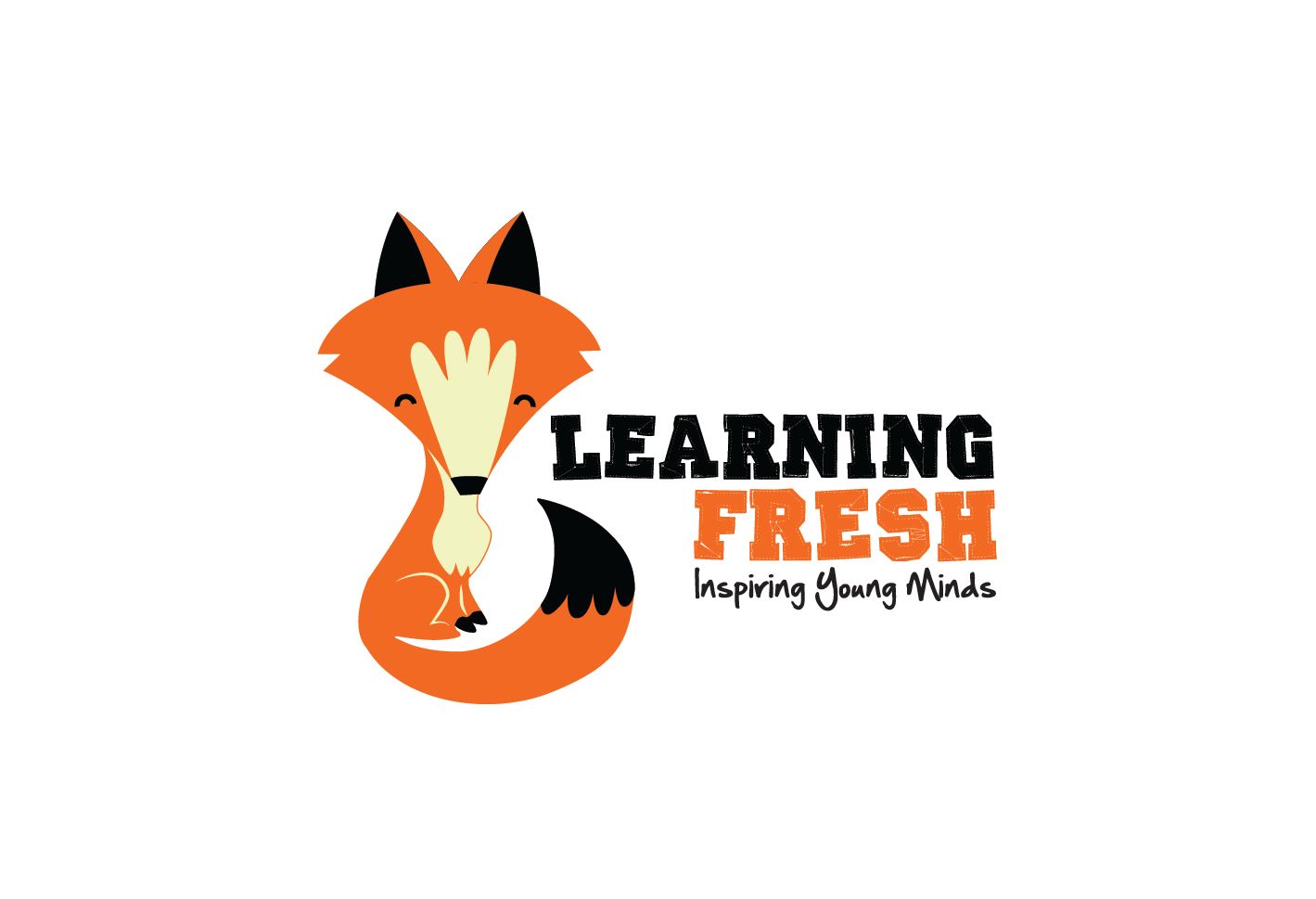Exploring the Benefits of Interactive Learning for Children
Understanding Interactive Learning
Interactive learning is an educational approach that actively engages students in the learning process through activities and discussions, rather than just passively receiving information. This method encourages children to participate, think critically, and apply what they have learned in real-world scenarios. The benefits of interactive learning are numerous and can have a profound impact on a child's educational journey.
Enhanced Engagement and Motivation
One of the primary benefits of interactive learning is increased engagement. When children are involved in hands-on activities and discussions, they are more likely to be interested in the subject matter. This active involvement fosters a sense of curiosity and motivates children to delve deeper into topics. As a result, the learning experience becomes more enjoyable and rewarding.

Developing Critical Thinking Skills
Interactive learning encourages children to think critically about the information they are presented with. Instead of simply memorizing facts, students are prompted to analyze, evaluate, and interpret data. This approach helps children develop essential critical thinking skills that are crucial for problem-solving and decision-making in their academic and personal lives.
Collaboration and Social Skills
Collaborative activities are a staple of interactive learning. By working together on projects or participating in group discussions, children learn how to communicate effectively, listen to others, and respect different perspectives. These interactions help build social skills and teach children the value of teamwork, which is beneficial both inside and outside the classroom.

Personalized Learning Experience
Interactive learning allows for a more personalized education experience, as children can engage with materials at their own pace. This flexibility ensures that each child can focus on areas where they need more practice while advancing quickly through topics they grasp easily. Teachers can also tailor their instruction to meet the individual needs of students, maximizing the effectiveness of the learning process.
Encouraging Creativity
Interactive learning environments often incorporate creative activities that stimulate children's imaginations. Whether through art projects, science experiments, or role-playing exercises, children are encouraged to think outside the box and explore new ideas. This creative freedom not only enhances problem-solving skills but also boosts confidence in their abilities to innovate.

Building Technological Proficiency
In today's digital age, technological proficiency is a critical skill for future success. Interactive learning frequently incorporates technology such as tablets, apps, and online resources, providing children with the opportunity to become comfortable with digital tools. This exposure prepares them for a tech-driven world and enhances their ability to learn independently using digital platforms.
Conclusion: A Pathway to Lifelong Learning
Interactive learning offers a multitude of benefits that extend beyond traditional educational methods. By fostering engagement, critical thinking, collaboration, creativity, and technological skills, it lays the foundation for lifelong learning. As educators and parents continue to explore interactive strategies, they can ensure that children are well-equipped to navigate an ever-changing world with confidence and competence.
